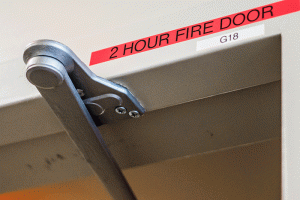Applying AEM in the real world
Children’s Health in Dallas has begun the process of implementing an alternative equipment maintenance (AEM) program. The first step was to partner with Facility Health Inc. (FHI) to inventory and classify each asset according to risk level, area served, redundancy available, and maintenance and repair history. These items combine to give each asset a total risk score; the higher the risk score, the higher the risk level of the equipment.
FHI and a selected team of facilities managers, licensed engineers and supervisors from Children’s Health then began to identify which assets, based on risk score, were eligible for the AEM. Finally, new maintenance strategies were established and built into the computerized maintenance management system. Children’s is currently monitoring these new procedures to understand the effect on the equipment.
For facilities seeking a smaller-scale project, the American Society for Health Care Engineering (ASHE) has identified equipment testing and maintenance procedures that are suitable for an AEM program. For example, the manufacturer’s recommendations for a ground fault circuit interrupter (GFCI) receptacle are to test each one monthly. A study completed by ASHE found that, on average, hospitals have 660 GFCIs installed. When tested monthly, less than 2% of GFCIs failed the monthly test over a three-year period. The average person-hours to test each of the GFCI’s monthly is 3,500 hours a year, costing over $78,000 each year. With the extremely low rate of failure, and the high cost of testing and dedicated person-hours, GFCI receptacles are the perfect candidate for an AEM.
First, facilities managers should gather their inventory and know the location of each one. They should determine the level of risk for the receptacles, and then decide the new frequency of testing. Facilities managers shouldn’t forget to assess the area the receptacle serves; those in critical areas may need to be tested more frequently but still may not need to be tested monthly.





